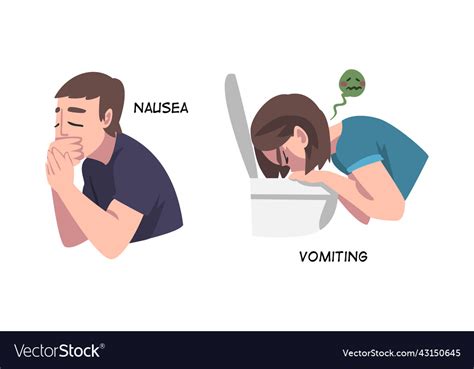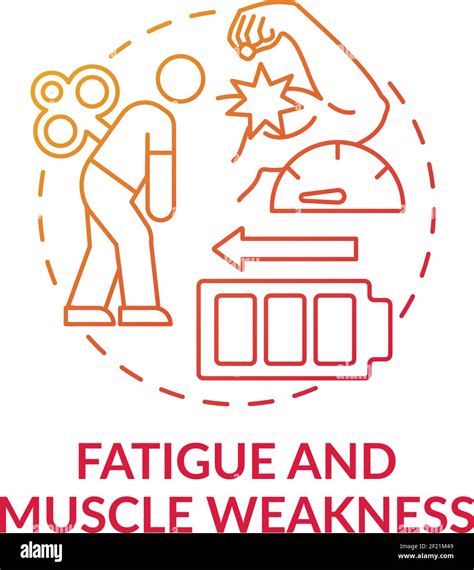Intro
Identify 7 stomach ulcer symptoms, including abdominal pain, nausea, and bloating, and learn about digestive issues, gastrointestinal problems, and ulcer treatment options.
Stomach ulcers, also known as gastric ulcers, are open sores that develop on the inside lining of the stomach and the upper portion of the small intestine. The most common symptoms of stomach ulcers are abdominal pain and bleeding, but there are other signs that may indicate the presence of an ulcer. Understanding these symptoms is crucial for early detection and treatment, which can help prevent complications and improve overall health. Stomach ulcers can be caused by a variety of factors, including infection with the bacteria Helicobacter pylori, long-term use of nonsteroidal anti-inflammatory drugs (NSAIDs), and excessive acid production in the stomach.
The importance of recognizing stomach ulcer symptoms cannot be overstated. If left untreated, stomach ulcers can lead to serious health issues, such as perforation of the stomach lining, which can cause peritonitis, an inflammation of the lining of the abdominal cavity. Furthermore, stomach ulcers can also increase the risk of stomach cancer. Therefore, it is essential to be aware of the common symptoms of stomach ulcers and seek medical attention if they persist or worsen over time.
Stomach ulcers can affect anyone, regardless of age or gender, although they are more common in men than women. The symptoms of stomach ulcers can vary from person to person, but there are some common signs that may indicate the presence of an ulcer. Abdominal pain is the most common symptom of a stomach ulcer, and it can range from mild to severe. The pain is usually felt in the upper abdomen and can be described as a burning or gnawing sensation. Other symptoms of stomach ulcers include bloating, nausea, vomiting, and loss of appetite.
Abdominal Pain and Discomfort

Types of Abdominal Pain
There are different types of abdominal pain that can be associated with stomach ulcers. Epigastric pain is the most common type of pain and is felt in the upper middle region of the abdomen. This type of pain can be caused by inflammation of the stomach lining or acid reflux. Other types of abdominal pain include periumbilical pain, which is felt around the navel, and lower abdominal pain, which is felt in the lower region of the abdomen.Nausea and Vomiting

Causes of Nausea and Vomiting
There are different causes of nausea and vomiting in people with stomach ulcers. Inflammation of the stomach lining can cause nausea and vomiting, as can acid reflux and bowel obstruction. Other causes of nausea and vomiting include food poisoning, viral gastroenteritis, and inflammatory bowel disease.Bloating and Gas

Managing Bloating and Gas
There are different ways to manage bloating and gas in people with stomach ulcers. Avoiding gas-producing foods, such as beans and cabbage, can help reduce bloating and gas. Other ways to manage bloating and gas include eating smaller meals, avoiding carbonated drinks, and taking antacids or acid reducers.Loss of Appetite

Causes of Loss of Appetite
There are different causes of loss of appetite in people with stomach ulcers. Inflammation of the stomach lining can cause loss of appetite, as can acid reflux and bowel obstruction. Other causes of loss of appetite include depression, anxiety, and certain medications.Fatigue and Weakness

Managing Fatigue and Weakness
There are different ways to manage fatigue and weakness in people with stomach ulcers. Getting plenty of rest, eating a balanced diet, and staying hydrated can help manage fatigue and weakness. Other ways to manage fatigue and weakness include taking iron supplements, practicing stress-reducing techniques, and getting regular exercise.Weight Loss

Causes of Weight Loss
There are different causes of weight loss in people with stomach ulcers. Malnutrition can cause weight loss, as can dehydration and certain medications. Other causes of weight loss include cancer, diabetes, and thyroid disease.What are the common symptoms of stomach ulcers?
+The common symptoms of stomach ulcers include abdominal pain, nausea, vomiting, bloating, gas, loss of appetite, fatigue, weakness, and weight loss.
What causes stomach ulcers?
+Stomach ulcers can be caused by a variety of factors, including infection with the bacteria Helicobacter pylori, long-term use of nonsteroidal anti-inflammatory drugs (NSAIDs), and excessive acid production in the stomach.
How are stomach ulcers diagnosed?
+Stomach ulcers can be diagnosed using a variety of tests, including endoscopy, upper GI series, and blood tests.
How are stomach ulcers treated?
+Stomach ulcers can be treated using a variety of medications, including antibiotics, acid reducers, and antacids. In some cases, surgery may be necessary to repair a perforated ulcer or to remove a bleeding ulcer.
Can stomach ulcers be prevented?
+Yes, stomach ulcers can be prevented by avoiding certain risk factors, such as infection with the bacteria Helicobacter pylori, long-term use of nonsteroidal anti-inflammatory drugs (NSAIDs), and excessive acid production in the stomach.
In conclusion, stomach ulcers are a common health issue that can cause a range of symptoms, from abdominal pain and nausea to weight loss and fatigue. If you are experiencing any of these symptoms, it is essential to seek medical attention to determine the underlying cause and receive proper treatment. By understanding the symptoms and causes of stomach ulcers, you can take steps to prevent and manage this condition, and improve your overall health and well-being. We encourage you to share this article with others who may be experiencing similar symptoms, and to comment below with any questions or concerns you may have. By working together, we can raise awareness about stomach ulcers and promote better health outcomes for all.
